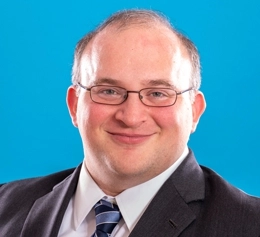On Monday, the Supreme Court granted, vacated, and remanded (GVRed) the Federal Circuit’s decision in Emerson Electric v. SIPCO in light of this year’s Thryv decision. Emerson was challenging the Federal Circuit’s overturning of the USPTO’s determination that the SIPCO patent was eligible for review under the covered business method (CBM) program.
With the Court’s GVR, there’s a potential for new life for the CBM program, although that program is set to end in September.
CBM and Technological Inventions
CBM reviews can only be used to address certain types of patents—patents that “claim[] a method or corresponding apparatus for performing data processing or other operations used in the practice, administration, or management of a financial product or service.” In other words, patents on financial operations. There’s a caveat, though—CBM patents “do[] not include patents for technological inventions.”
That’s been the key to why CBM challenges have been used less and less frequently. Until late 2016, the class of patents that were considered to be related to a financial product or service was treated fairly broadly. But in a case called Unwired Planet, the Federal CircuitSee CAFC significantly cut back on that broad definition. And then last year, the Federal CircuitSee CAFC went further in SIPCO, redefining “technological invention” to mean any patent which claims technology as part of the solution, rather than where the claim itself innovates in a technological way.
Before the Unwired Planet decision, there were typically 100-200 CBM petitions per year. After that decision issued, CBM petitions dropped to 48 in FY2017, 36 in FY2018, and 22 in FY2019.
In the 9 months since the 2019 SIPCO decision, there have been a total of 10 CBM petitions. Between the two, the Federal Circuit’s review of PTOPatent and Trademark Office, informally used interchangeably with USPTO. decisions to institute CBMs has prevented the program from achieving the goal Congress intended—a stringent look at patents being asserted against the financial industry.
Potential Implications of Thryv
In April’s Thryv decision, the Supreme Court held that the Director’s decision to institute an IPRIntellectual Property Rights. Usually associated with formal legal rights such as patent, trademark, and copyright. Intellectual property is a broader term that encompasses knowledge, information, and data considered proprietary whether or not it is formally protected. is not subject to appeal. And with Monday’s GVR, it signaled that the same is true for CBM. Had Thryv been in place in 2016, it’s possible that Unwired Planet would never have barred the PTOPatent and Trademark Office, informally used interchangeably with USPTO. from reviewing patents that affect financial products and services. It’s possible that SIPCO wouldn’t have altered the definition of “technological invention” to exclude patents that include technology, instead of patents where the innovation is technological.
It’s possible that the CBM program would be thriving and well-used today and we’d be discussing a bill to extend it. Instead, CBM is slowly dying as it rides off into its September sunset. But the Thryv decision means that the PTOPatent and Trademark Office, informally used interchangeably with USPTO. could reinvigorate CBM—if Congress acts to extend the program.

